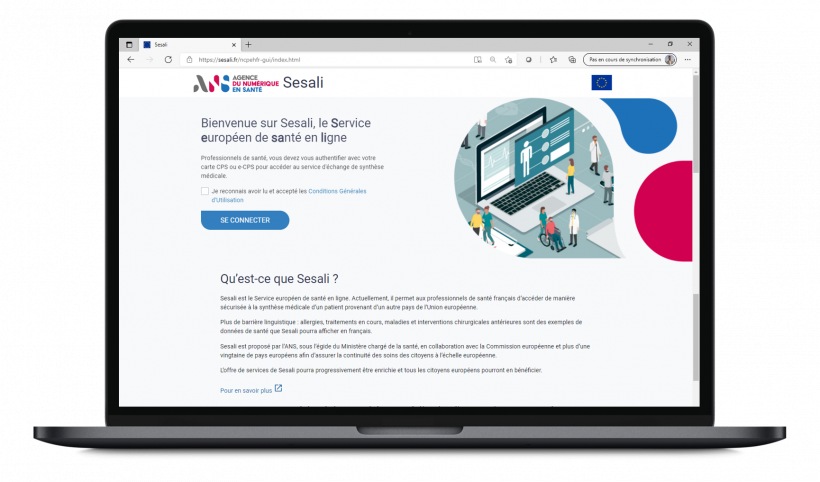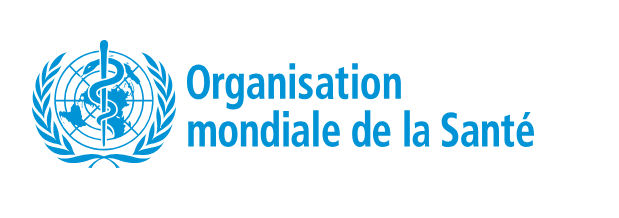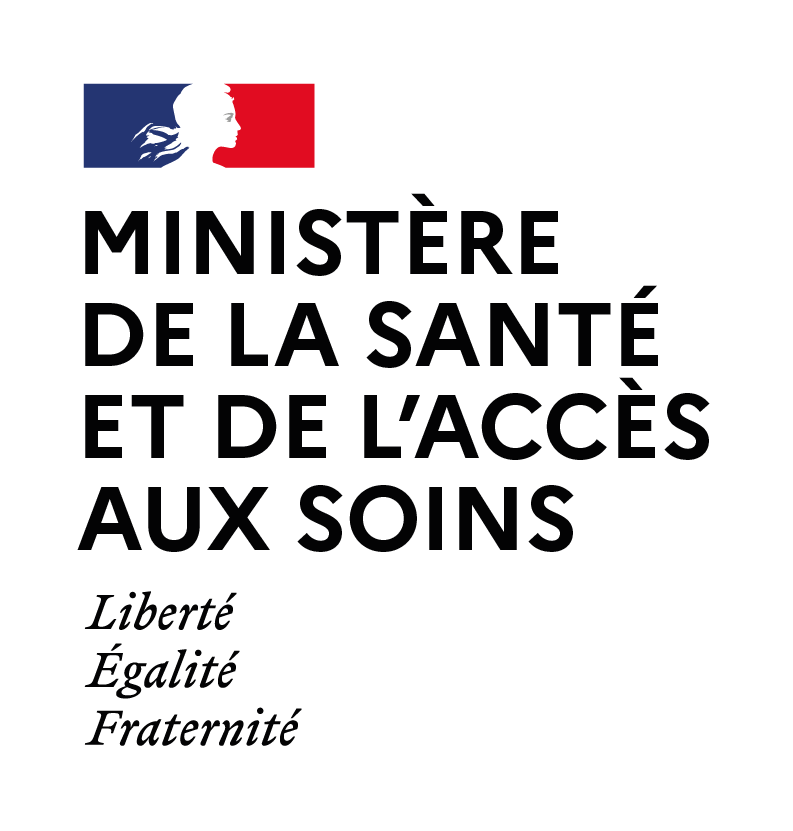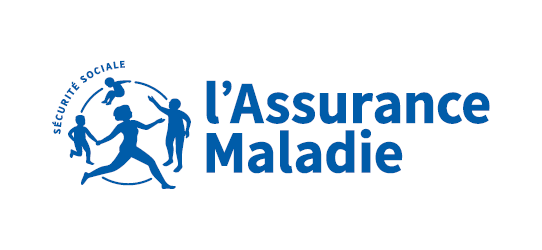MyHealth@EU Electronic cross-border health services
What objectives ? The aim is to facilitate the exchange of European citizens’ health data as part of their care pathway, by giving healthcare professionals access in their own language to the medical data of the patient they are caring for.
How ? The MyHealth@EU European trust network connects Member States via their national e-health contacts. Access to citizens' health data is provided via these contacts, through European interoperability for care pathway data.
What about France ?
In France, the ANS is this contact and therefore the entry point for the MyHealth@EU services. To this end, the ANS is implementing the Sesali.fr service and its API for healthcare software, which currently enables healthcare professionals to connect and consult the medical summary of a patient from another European Union country.

Using the facility in practice
France is making the facility available for data-sharing according to a calendar agreed by the European network of eHealth strategy representatives.
The interoperability of digitalised patient records is being introduced progressively according to a tailored calendar signed up to by member states. It is based on the types of usage that have been prioritised: the first two uses are the European Patient Summary and e-prescriptions. Planned forthcoming usages are: vaccination history, radiology results, biological analyses, hospitalisation reports, inclusion of rare diseases in patient summaries, etc.
Deep-dive into the french Sesali (European e-Health Service)
Sesali is the French national contact point for European ehealth services. It currently allows French health professionals to securely access the patient summary of a patient from another country in the European Union.
Patients data, translated and transcoded, to enhance care
No more linguistic barriers: allergies, ongoing treatments, diseases and previous surgical interventions are some examples of the health data that Sesali will be able to display in French.
A secured and simple interface to access European patient summaries
Health professionals can access the patient summaries with the following simple steps:
- Login in, via Pro Santé Connect (CPS smartcard or e-CPS);
- Select the patient’s country of residence;
- Enter the patient’s identity traits (it's the number used to identified the patient in its country of origin);
- Confirm the patient’s identity and consent to the PIN (Patient Information Notice, see below) ;
- Consult the patient summary (access to medical data, translated and transcoded).
The service is being introduced progressively in the majority of EU countries.

Trust and patient data protection in Sesali's DNA
Through Sesali, the health data contained in the patient summary of a European patient can only be accessed by healthcare professionals authorised to practise in France and involved in the patient care. In order to access the service, they have to use the national health strong authentication means (CPS smartcard or e-CPS). On top of that, they are bound by the usual rules of confidentiality applicable to their profession.
Accessing the data requires the patient’s consent and the data cannot be used for any other purpose than the patient care.
This service fully complies with the provisions of the EU’s General Data Protection Regulation.
To this end, all the information intended for patients and required for understanding the regulations pertaining to the processing of personal data by Sesali (the legal basis for treatment, object of the treatment, type of personal data concerned, length of time for which data is conserved, patients’ rights, etc.) is included in the Patient Information Notice available in all EU languages:
Contact Délégué à la Protection des Données de l’ANS. If needed, contact of our data protection officer:
Agence du Numérique en Santé
2-10 Rue d'Oradour-sur-Glane
75015 Paris
This information is provided in accordance with the obligation laid down by Regulation (EU) 2016/679 of the European Parliament and of the Council of 27 April 2016 on the protection of natural persons with regard to the processing of personal data and on the free movement of such data, and repealing Directive 95/46/EC (General Data Protection Regulation) and Act No 78-17 of 6 January 1978 on data processing, data files and individual liberties.

Use Cases and European Guidelines
Patient Summary
The use case enables a query to be made to the cross-border data so that the European equivalent of a synthèse médicale (Patient Summary) can be consulted for patient care and clinical sections, such as allergies and adverse reactions, active diseases and current treatments, treatment history, medical and surgical history, vaccine records.
e-Prescribing and dispensing medicines
The aim of this use case is to support the prescribing and dispensing process through the exchange of supporting data for patients travelling within Europe. A patient with an e-Prescription will be able to pick up medicines in the country where they are being treated.
Laboratory results
The aim of this guideline is to share lab results: From the home country to the country of treatment From the country of treatment to any healthcare professional
Medical imaging documents
The aim of this guideline is to share medical imaging results and reports From the home country to the country of treatment From the country of treatment to any healthcare professional
Hospital discharge letters
The use case enables a query to be made to the cross-border data so that the patient's hospital discharge letters can be consulted. These are very comprehensive clinical documents that provide a detailed history of the diagnoses, treatments, and procedures carried out during the hospital stay.








